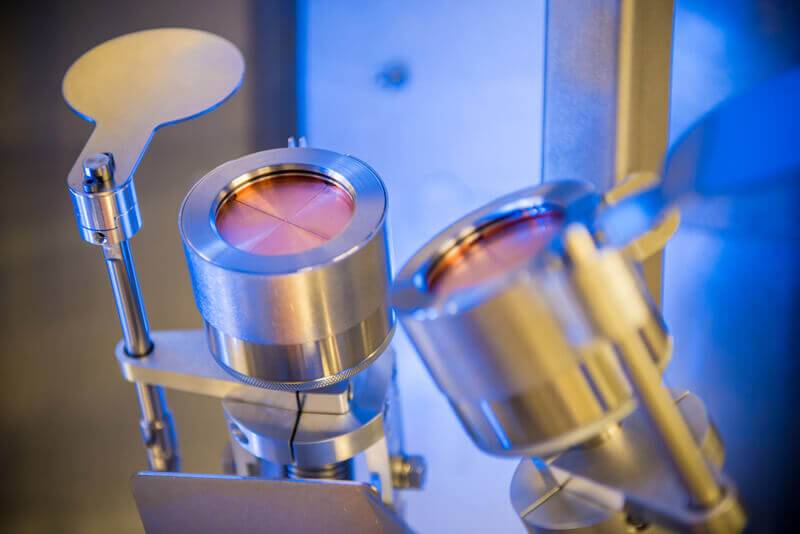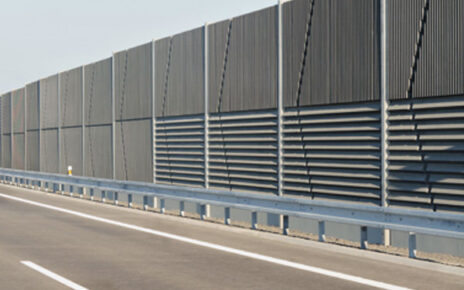Sputter depositions are a type of physical vapor deposition method of the slim film deposited by the sputtering. The basic sputtering technique can be utilized to make a variety of materials ready such as metals, insulators, semiconductors, etc., and has the benefits of easy equipment, huge finishing location, simple control, and solid attachment, as well as the magnetron sputtering process was created in the 1970s, achieves broadband, low-temperature level, as well as reduced damage.
Including a closed electromagnetic field alongside the target surface area in the bipolar sputtering, the second electron is bound to a specific location of the target surface area to enhance the ionization effectiveness using the orthogonal magnetic field formed on the surface of the target, raising the ion density, as well as power, and lastly understanding the high-rate sputtering. The above statement is the idea of Magnetron sputtering.
This is a great technique for expanding thin films, as a big number of thin films is able to be prepared on a fairly high purity, as well as are affordable. This consists of ejecting item for a “target” which is a resource for a “substrate” like a silicon wafer.
The process of magnetron sputtering is a crash process between happening particles, and targets. Given that high-speed sputtering gets performed at reduced pressure, it is required to effectively boost the ionization price of the gas. The occurrence particle undertakes a complex scattering procedure in the target, collides with the target atom, as well as sends components of the momentum to the target atom, which consequently hits various other target atoms to form a waterfall procedure. During this waterfall, particular target atoms near the surface area gain sufficient energy for outside motion and are sputtered out of the target. Magnetron sputtering rises the plasma density by presenting a magnetic field externally of the target cathode and utilizing the constraints of the magnetic field on the billed bits to enhance the sputtering rate.
Magnetron sputtering includes numerous kinds, such as DC magnetron sputtering as well as RF magnetron sputtering, each has a different functioning principle and application items. The primary benefit of magnetron sputtering of RF over magnetron sputtering of DC is that it does not call for the target as the electrode to become electrically conductive. As a result, any material is able to be sputter-deposited taking into consideration RF magnetron sputtering.
If you eager to get more information regarding physical vapor deposition and about magnetron sputtering, please click on the link.




